What are the important events and end products of the light reaction?
Step-by-Step Text Solution:
1. Understanding Light Reactions in Photosynthesis:
- Photosynthesis consists of two main stages: light reactions and dark reactions (Calvin cycle). The light reactions occur in the presence of sunlight.
2. Key Events in Light Reactions:
- Excitation of Electrons:
- The process begins with the absorption of light by chlorophyll, particularly chlorophyll A, which excites electrons.
- Photo-Phosphorylation:
- The excited electrons are used to generate energy-rich molecules through a process called photo-phosphorylation. This involves the addition of a phosphate group to ADP to form ATP.
- Splitting of Water (Photolysis):
- Water molecules (H2O) are split into oxygen (O2), protons (H+), and electrons. This process releases oxygen gas as a byproduct.
3. End Products of Light Reactions:
- The primary end products of the light reactions are:
- ATP (Adenosine Triphosphate): A high-energy molecule that stores energy for cellular processes.
- NADPH (Nicotinamide Adenine Dinucleotide Phosphate): Another energy carrier that provides reducing power for the synthesis of carbohydrates in the dark reactions.
4. Summary of Events and Products:
- In summary, the light reactions involve the excitation of electrons, photo-phosphorylation to produce ATP, and the splitting of water to release oxygen. The main end products are ATP and NADPH, which are essential for the subsequent dark reactions where carbohydrates are synthesized.
---
- Photosynthesis consists of two main stages: light reactions and dark reactions (Calvin cycle). The light reactions occur in the presence of sunlight.
- Excitation of Electrons:
- The process begins with the absorption of light by chlorophyll, particularly chlorophyll A, which excites electrons.
- Photo-Phosphorylation:
- The excited electrons are used to generate energy-rich molecules through a process called photo-phosphorylation. This involves the addition of a phosphate group to ADP to form ATP.
- Splitting of Water (Photolysis):
- Water molecules (H2O) are split into oxygen (O2), protons (H+), and electrons. This process releases oxygen gas as a byproduct.
- The primary end products of the light reactions are:
- ATP (Adenosine Triphosphate): A high-energy molecule that stores energy for cellular processes.
- NADPH (Nicotinamide Adenine Dinucleotide Phosphate): Another energy carrier that provides reducing power for the synthesis of carbohydrates in the dark reactions.
- In summary, the light reactions involve the excitation of electrons, photo-phosphorylation to produce ATP, and the splitting of water to release oxygen. The main end products are ATP and NADPH, which are essential for the subsequent dark reactions where carbohydrates are synthesized.
Topper's Solved these Questions
- RESPIRATION IN PLANTS BOOK - PRADEEPCHAPTER - RESPIRATION IN PLANTS EXERCISE - ANALYTICAL QUESTIONS WITH ANSWERS
21 Videos
- RESPIRATION IN PLANTS BOOK - PRADEEPCHAPTER - RESPIRATION IN PLANTS EXERCISE - PRACTICE QUESTIONS (MULTIPLE CHOICE QUESTIONS )
81 Videos
- RESPIRATION IN PLANTS BOOK - PRADEEPCHAPTER - RESPIRATION IN PLANTS EXERCISE - ADDITIONAL QUESTIONS (SHORT ANSWER QUESTIONS )
18 Videos
- RESPIRATION IN PLANTSBOOK - PRADEEPCHAPTER - RESPIRATION IN PLANTSEXERCISE - Practice Questions (II. Assertion-Reason Type Questions)
12 Videos
- STRUCTURAL ORGANIZATION IN ANIMALSBOOK - PRADEEPCHAPTER - STRUCTURAL ORGANIZATION IN ANIMALSEXERCISE - Practice Questions (Assertion-Reason Type Questions)
6 Videos
Similar Questions
Knowledge Check
Products of light reaction are
AO2 and CO2BCO2 and H2OCATP and NADPHDATP and CO2Products of light reaction are
AO2 and CO2BCO2 and H2OCATP and NADPHDATP and CO2The end products of light reaction are
AADPandNADPH2BATPandNADPCADPandNADPDATPandNADPH2

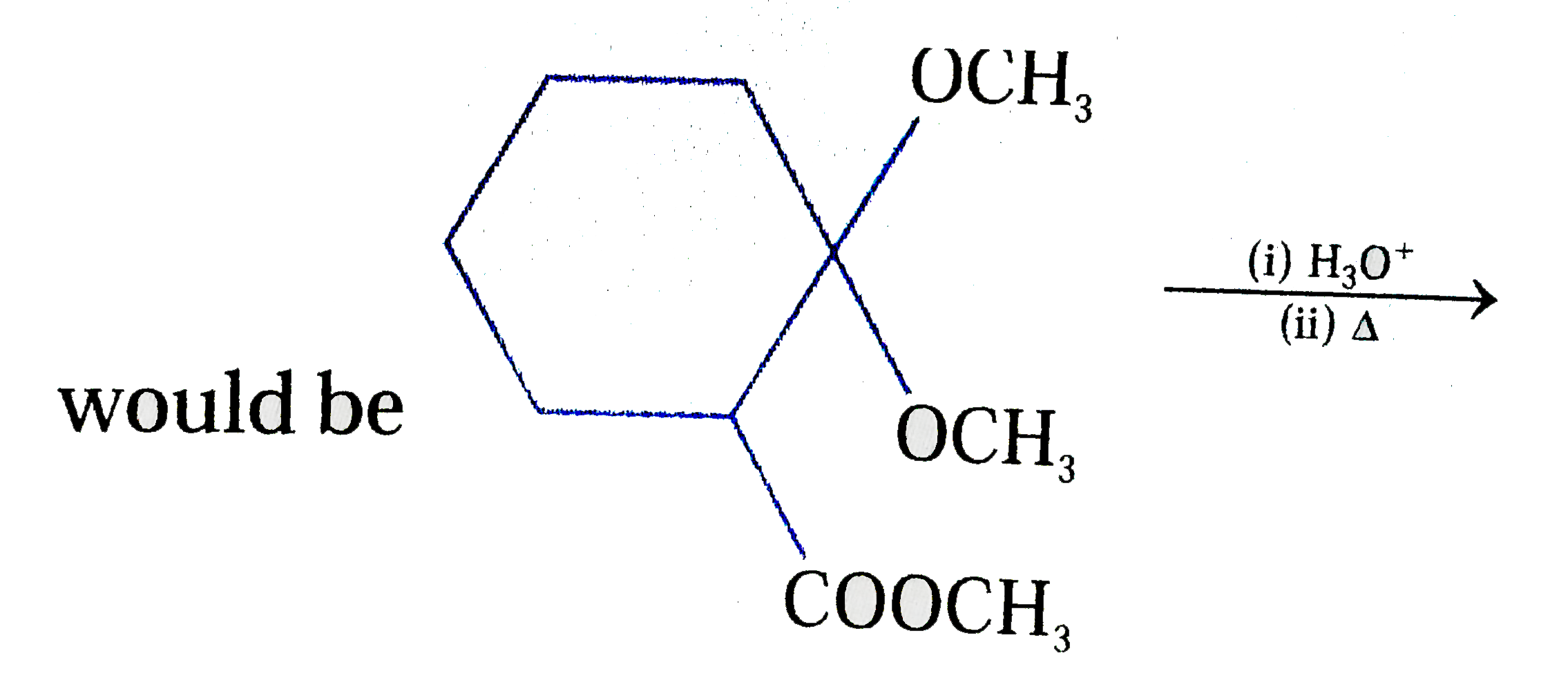
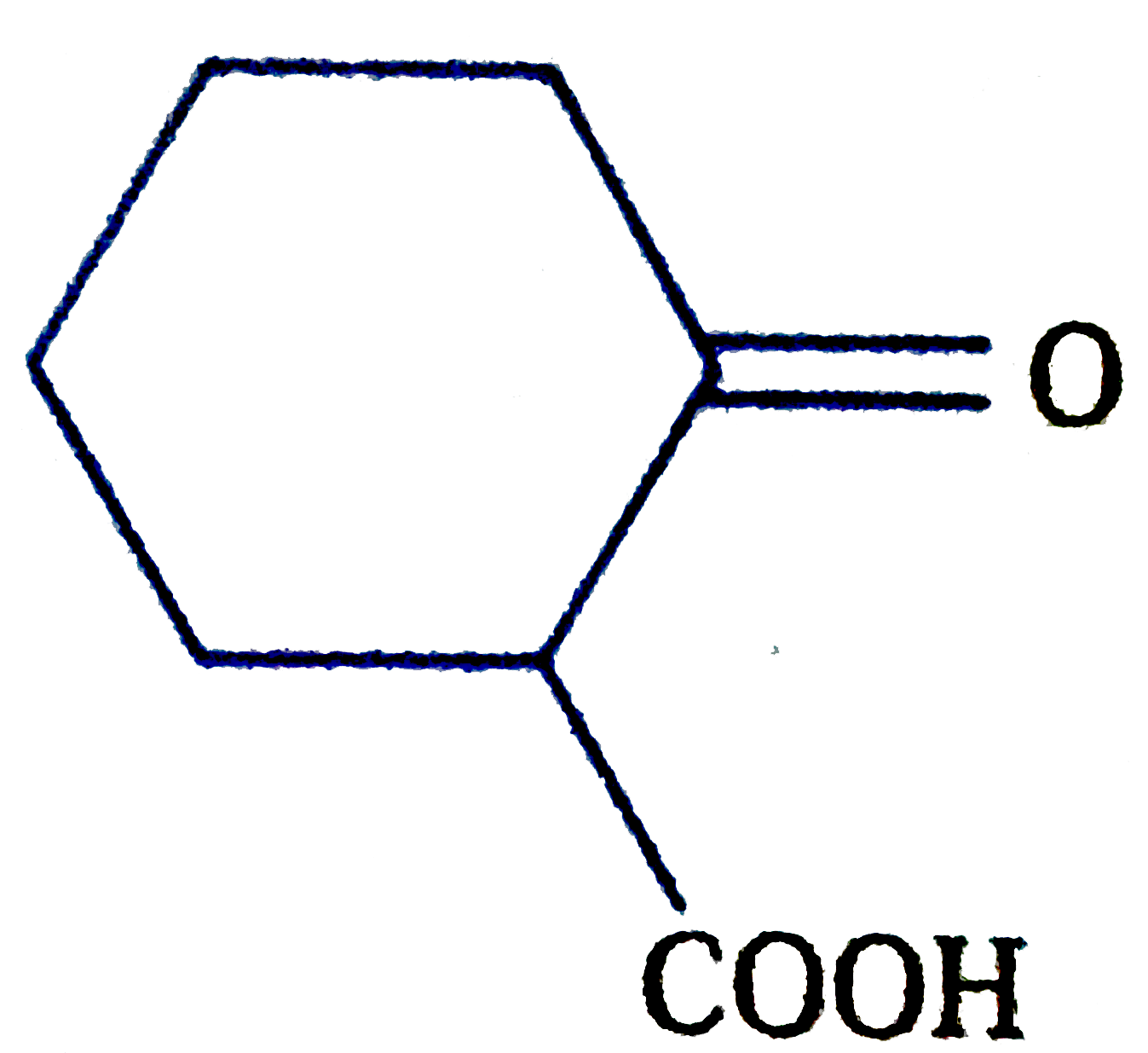
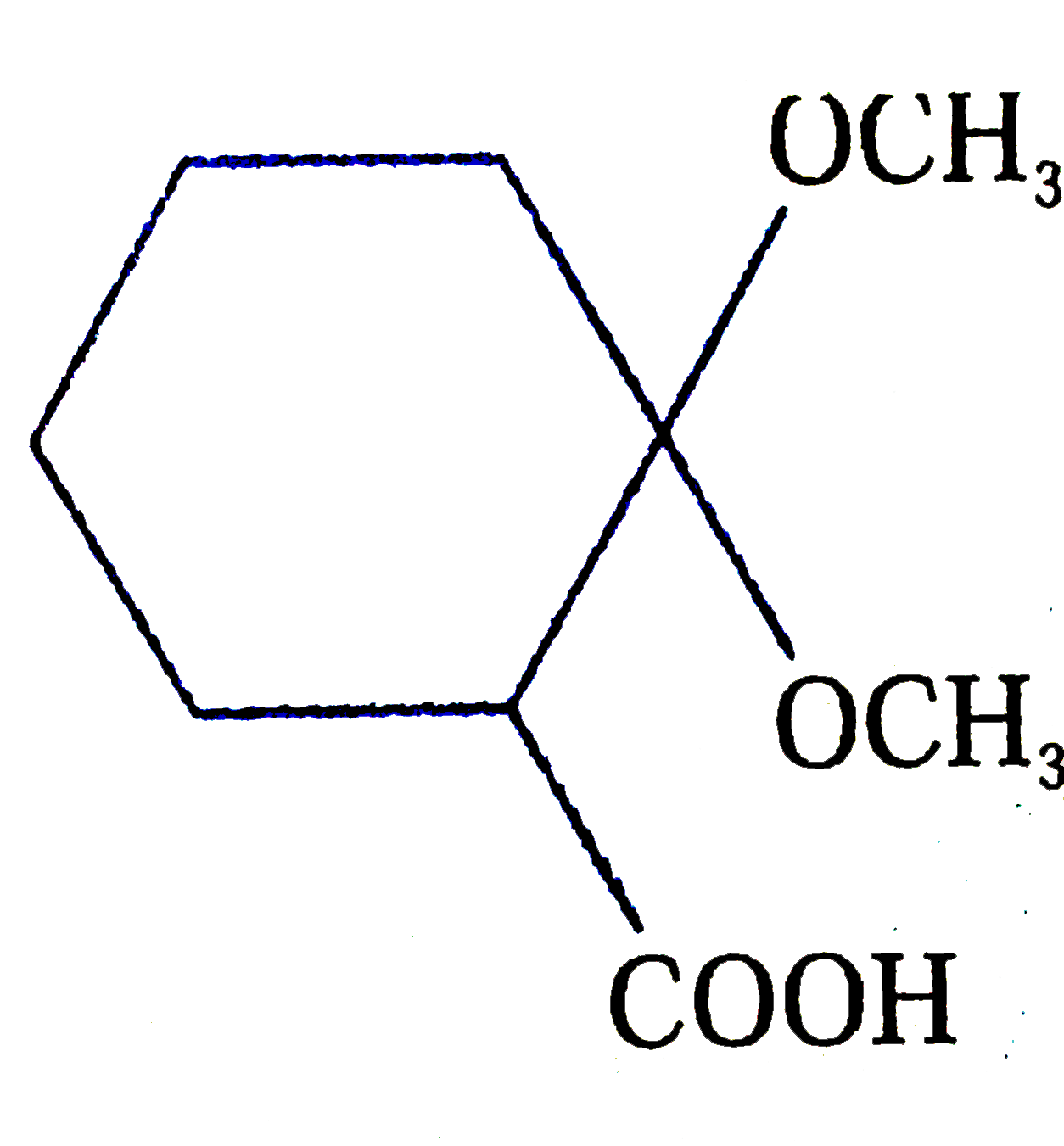
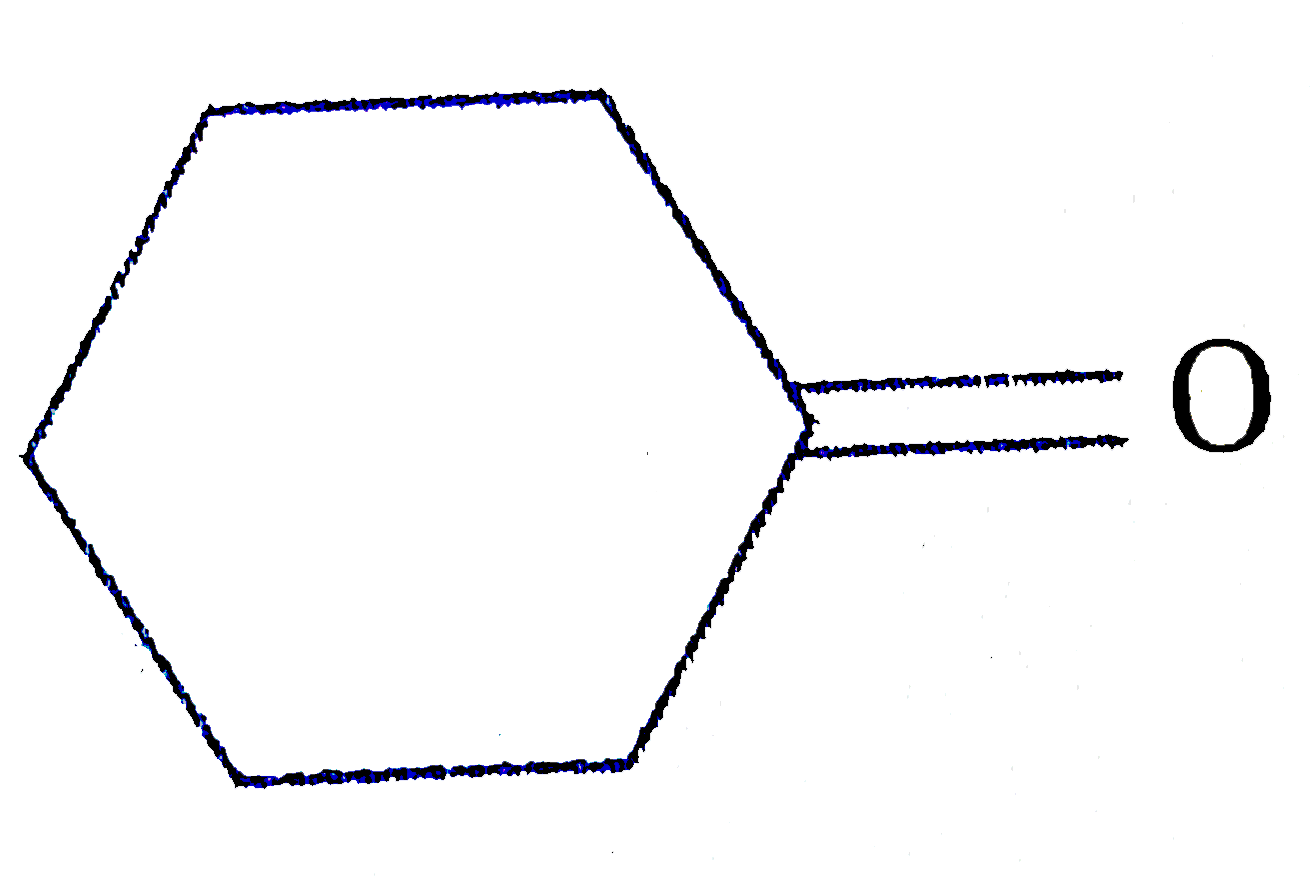
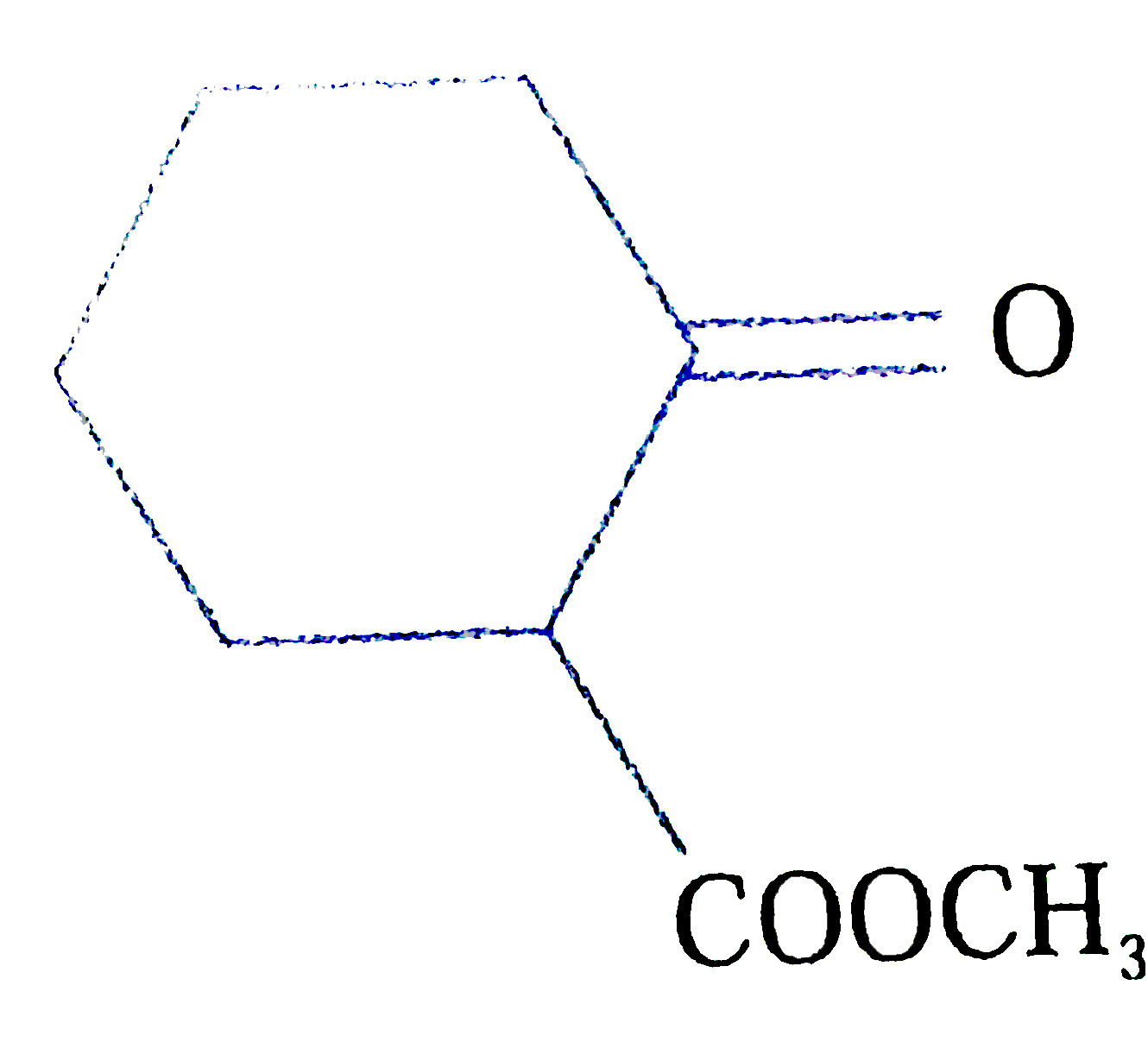


 .
.